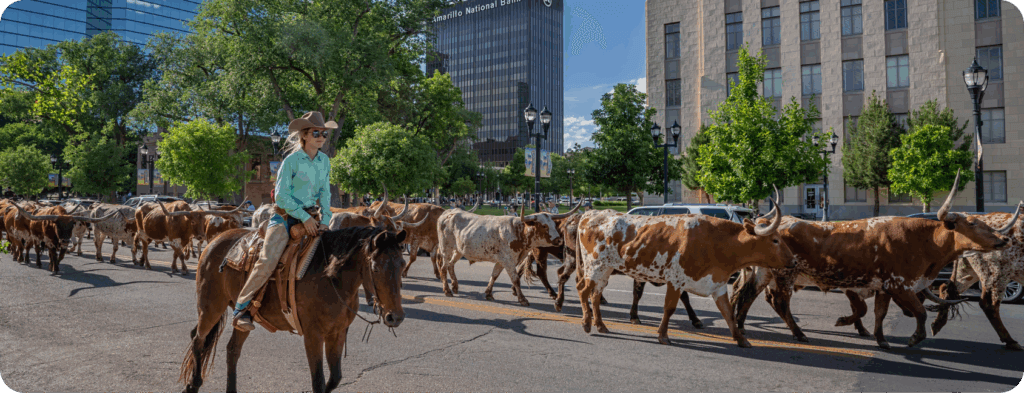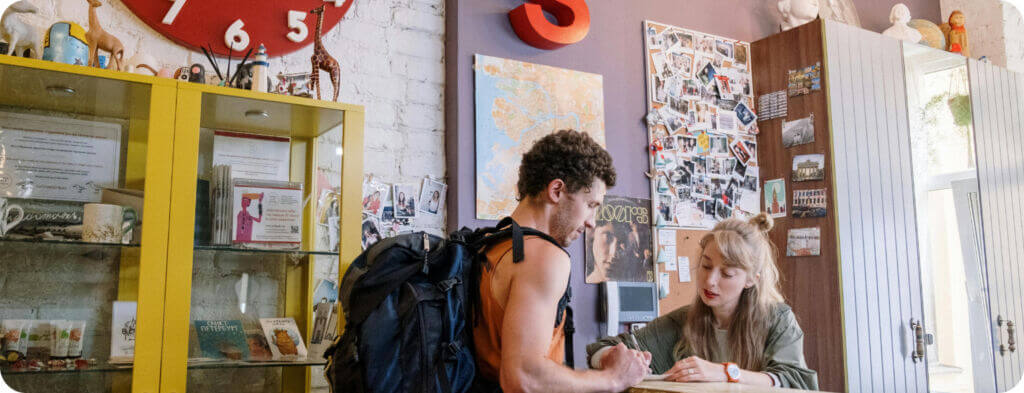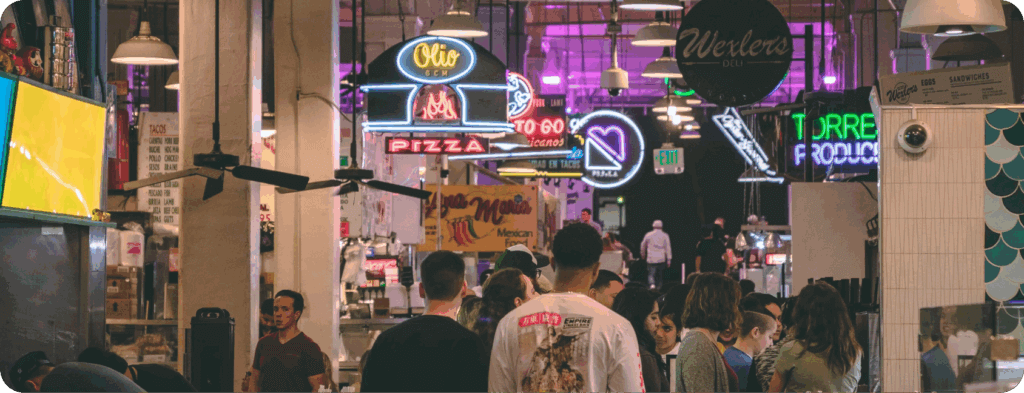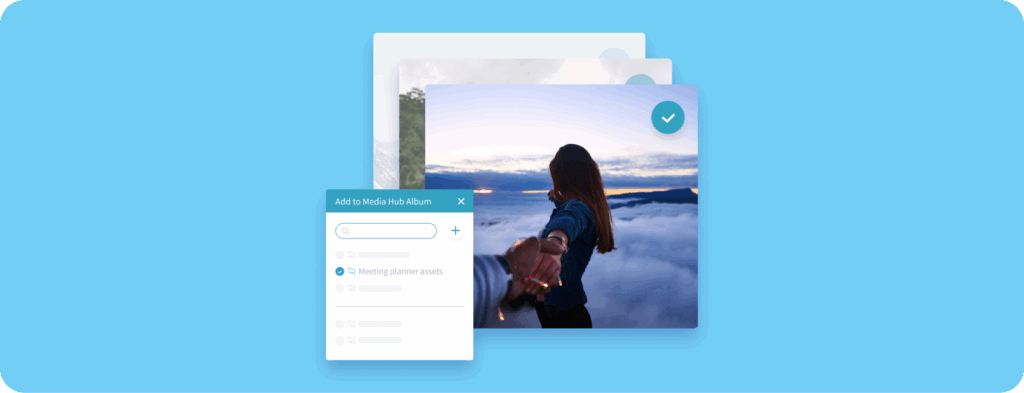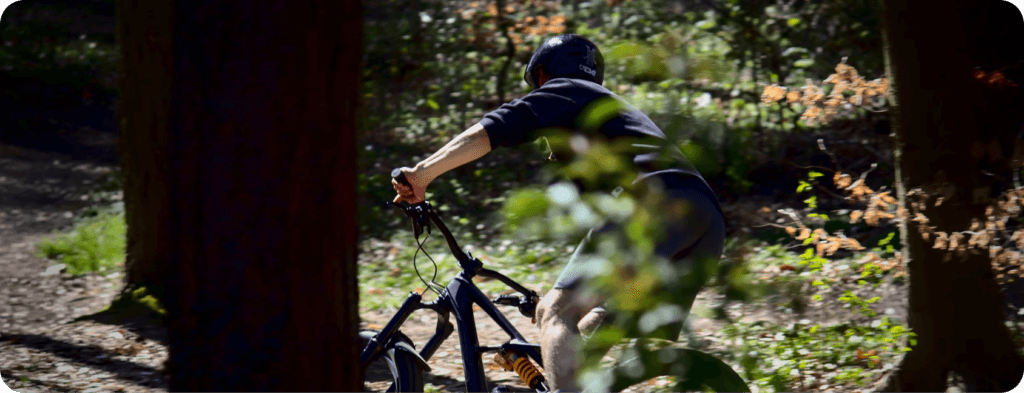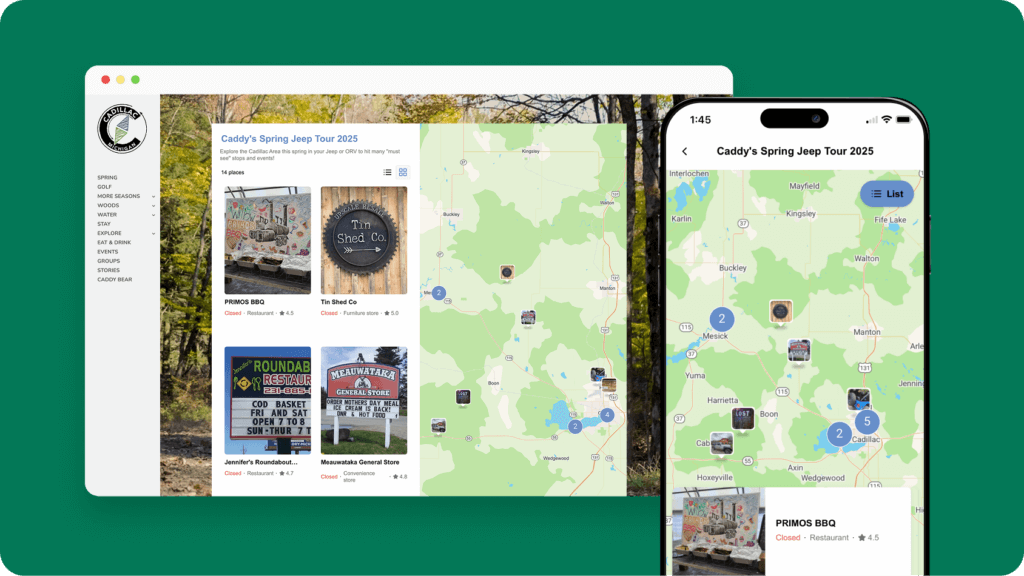
Travel influencers aren’t new. But the creator economy—including how Destination Marketing Organizations (DMOs) can leverage it—is constantly evolving.
It can be hard for DMOs to pin down the best strategy to use, especially with limited budgets and resources.
To help sharpen your strategy, whether for a seasonal campaign or a specific industry partner, we’ve compiled a list of must-know basics of influencer marketing. We surveyed over 200 of our DMO customers in this 2024 Trends report to uncover winning tactics and researched hundreds of reports, articles, podcasts, and posts to see what the experts are saying.
This guide is for tourism businesses, DMOs, and hotels that want a partnership with a content creator or travel influencer but don’t know where to start. You will learn how to create an influencer marketing strategy, the industry’s fee structure, and the type of content to expect from these creators.
Let’s get learning 👇
What Is A Travel Influencer & What is Influencer Marketing?
Travel influencers are social media users who share content around trips, destinations, and experiences with their followers. Travel brands often tap into influencers’ followers to share their specific brand message in an influencer marketing campaign.
These campaigns could be advertising new experiences, driving interest around promotions, or capturing content. In some cases, the brand is leveraging the influencer’s followers to increase awareness, whereas others are aiming to drive followers to directly book the experiences they’ve advertised.
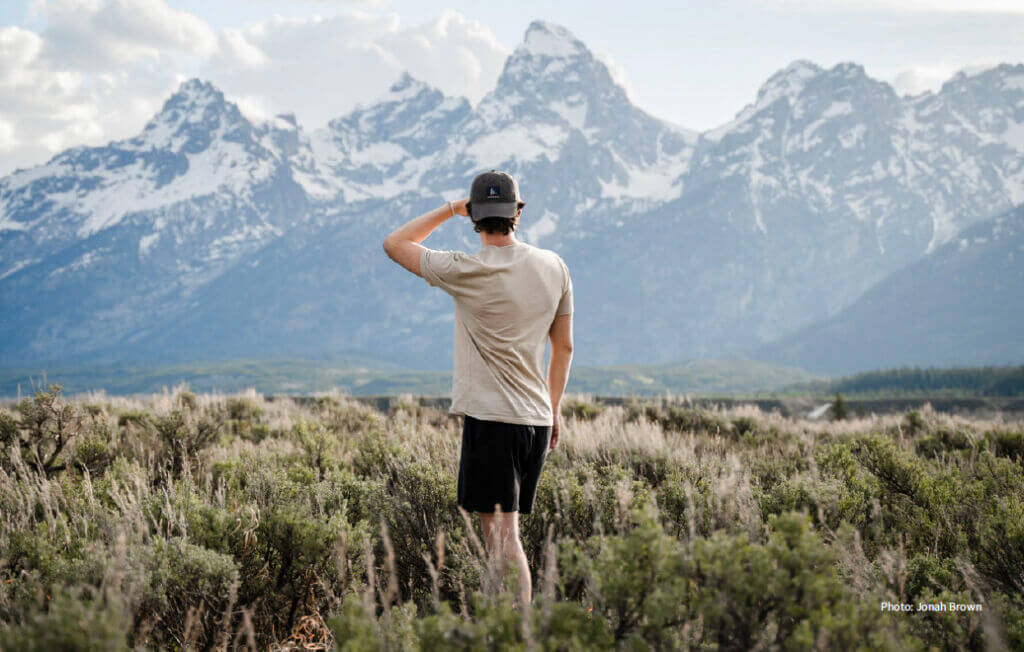
From the social media follower’s perspective, a travel influencer lives the dream life. They wander from one trending destination to the next to document their travel experiences (and promote the places they sleep, visit, eat, and explore along the way) to their target audience.
In reality, these travel influencers are marketing experts who curate visually captivating content to keep their travel-hungry followers on the edge of their seats, eagerly clicking on embedded links to plan their next vacation.
The Evolution Of The Influencer In Travel & Tourism
Research shows there are roughly 50 million people worldwide who class themselves as content creators.
And… they’re not going anywhere. According to our 2024 Trends Report, 90% of DMOs think influencer marketing will continue to have a big impact in 2024, spending about $500 a pop for these creators to make content.
So where did travel influencers even come from? And how have they become such an important part of our marketing strategy? 🤔
Let’s take a look at where it all began, and how payments and success measurements have changed as things have evolved 👇
Bloggers & vloggers
The first influencers are hard to track.
For decades, we’ve had celebrity endorsements on cereal boxes or videos of Richard Branson doing insane marketing stunts for press coverage.
But it was blogging that changed the game on how we view products and brands.
It democratized the voices behind the recommendations and gave non-celebrities a chance to talk about their own experiences with things like food, fashion, and yes—travel.
For DMOs, travel media (think a writer on assignment for publications like Conde Nast Travel) was expanding to include travel bloggers and vloggers, and we started to talk about influencers online. Anyone could write a blog about their trip, and many managed to make it their full-time job.
The first travel blogger is said to have been Jeff Greenwald, who started writing an online journal in 1994.
Jeff was a travel journalist for about 10 years before his first blog was published, with a goal to travel around the world without stepping on a plane. Unknowingly to Jeff, he would change how we travel and market our destinations forever.

Jeff Greenwald in 1994—writing the world’s first travel blog posts from around the world. (Credit: Jeff Greenwald)
At this stage, travel media teams were evaluating whether to host a blogger on a media FAM by looking at blog hits, time on page, and bounce rates. Rarely was the blogger paid for the trip. They would get complimentary experiences in exchange for writing the blog post instead. Often, influencers would approach travel brands themselves, and they were never expected to curate a specific post as part of a brand’s marketing strategy.
Thanks to the pre-Instagram era, the amplification of the blogs themselves lived almost entirely on Facebook, organic search, communities, and email, where the written format was more seamlessly distributed.
The Instagram Era
Instagram’s launch in 2010 signaled a massive shift for influencers–the content was becoming visual first, a medium that served (and continues to serve) destination marketing very well.
It unlocked a new avenue for travel influencers to pass on the wanderlust of their mountain trek or beach lounge chair. It became (so) much easier to communicate their highlights than the written word.
With this shift came a change in the way that travel brands evaluated the type of content they were producing and which influencers they were working with. It was no longer about website stats, but now about social stats and follower reach.
Certain DMOs were quick to jump in and foster their own set of influencers.
Saskatchewanderer (which launched in 2010 and is still going) is an example of where the DMO tested the influencer waters and ended up hiring a permanent content creator. Andrew Hiltz now creates content from all around Saskatchewan, a strategy that has worked for the DMO as opposed to working with a bunch of influencers.
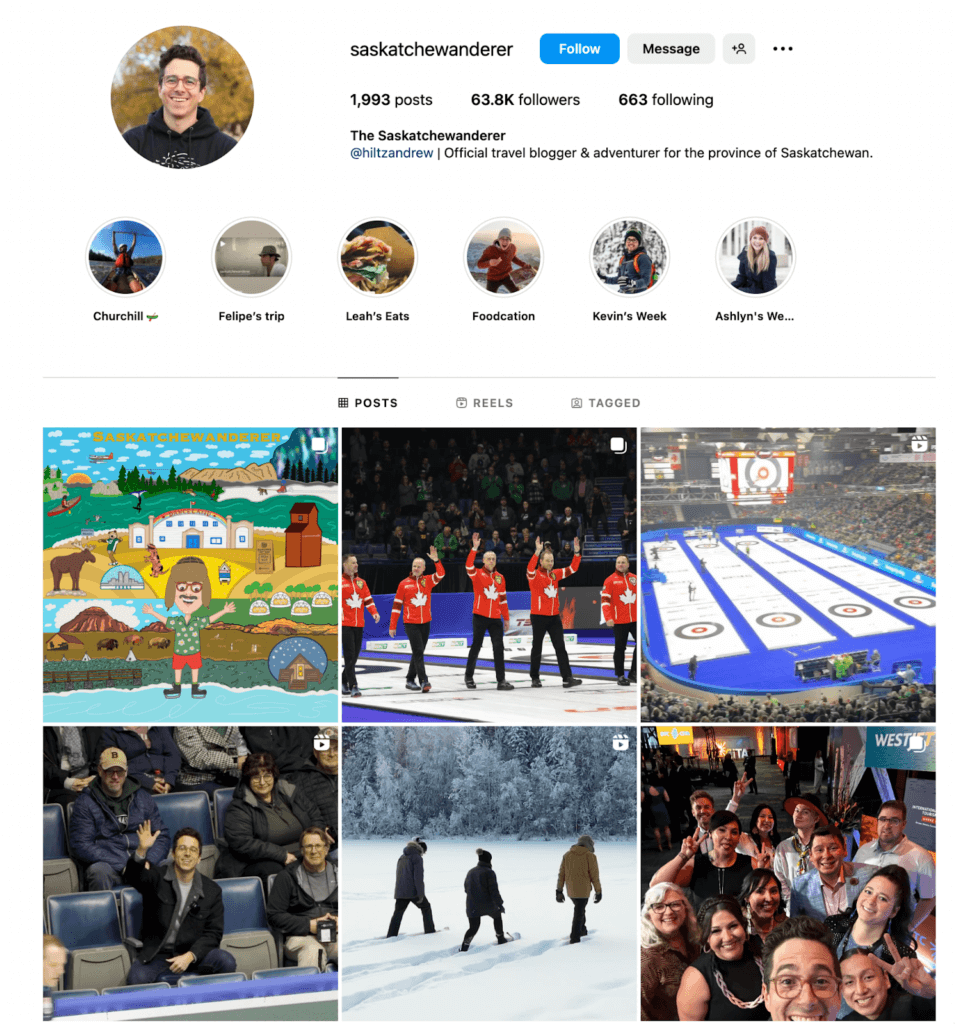
Other DMOs have gone a different route and hired niche influencers. These influencers usually have expertise in specific areas of tourism, like sustainability or LGBTQ+ travel, and payments are centered around posting or providing assets to the DMO.
Fast-forward to 2024, where everything is changing (really) fast 👀
The Future of Socials for DMOs
DMOs are juggling TikTok, YouTube Shorts, and Instagram Reels (but not Threads… y’all don’t need to waste your time on that!). The output for each platform is different, and DMOs need to build up assets in their content libraries to compete.
There are two choices: do it yourself, or use influencers and content creators to provide the bulk of it. The output from the latter is different, and there has been a general shift in the travel industry towards content creators as the assets are more authentic and impactful for audiences.
Let’s take a deeper dive into what that means for your DMO 👇
How DMOs Are Working With Influencers And Content Creators Today
You know those celebrity cereal boxes we were talking about earlier?
Well, campaigns like this don’t have (nearly as much) pull now as they did even a decade ago. Social media influencers are now more trusted as spokespeople than celebrities—particularly those who post travel content. In fact, 84% of people who follow travel influencers have turned to them for recommendations.
Now that influencer marketing is a regular part of the marketing mix at DMOs, we see that the campaigns are growing in scope and creativity.
Our Trends Report found a staggering 98% of DMOs plan to pay for influencer content for their Instagram Reels this year. There has also been a shift in platform priorities, with Instagram, Facebook and TikTok taking the top positions alongside the DMO’s own website:

But there is still one roadblock left for DMOs to climb—sourcing influencer content.
Many DMOs still look at influencer content a bit like the Wild West. The industry’s lack of transparency makes it hard for DMOs to know the appropriate rate of pay, how to find an influencer, and also how to work with them.
Here are some important considerations:
💰Payment structures. Content cost is a major concern for a lot of DMOs. When we asked about budgets in 2023, 61% claimed they didn’t have the cash to pay for the content they needed. Hiring influencers can (sometimes) help get around this. Most DMOs pay around $500 or less for a piece of influencer content, while others offer influencers free products, partnerships or commission payments in exchange for content. Each influencer will have their own payment structure, so it’s important to get into the nitty gritty of expectations before you hire them.
🔎Sourcing. Arguably the hardest part of working with influencers… is finding them. There are marketplaces like Collabstr and Brandwatch where you can search for influencers (kinda like Airbnb). Or, you can use a more specialized service like CrowdRiff Creators to match your DMO with an influencer that matches your goals and brand. Speaking of…
🌍Values/Branding. DMOs also need to consider how an influencer’s values and branding align with its own. If a DMO is launching a spring campaign to talk about cleaning up its local beach, for example, it will want to match with an influencer who has made similar sustainability content in the past.
📝Scope of work. Do you want a single post? Multiple posts? Reels? Stories? It’s important to nail down the scope of work when you work with an influencer, as this will have an impact on overall cost and campaign reach.
3 Successful Examples of Travel Influencer Marketing
Thousands of DMOs that have collaborated with influencers have managed to launch successful social media collaborations. There are so many campaign avenues to take, so we’ve put together a few examples to get you started 👇
Example 1. Galena Country Tourism creates more with less
Leveraging influencer marketing and content creators isn’t just for DMOs with multi-million dollar budgets.
When Galena Country Tourism decided to overhaul its short-form content marketing strategy, it did so with a team of… two 😲
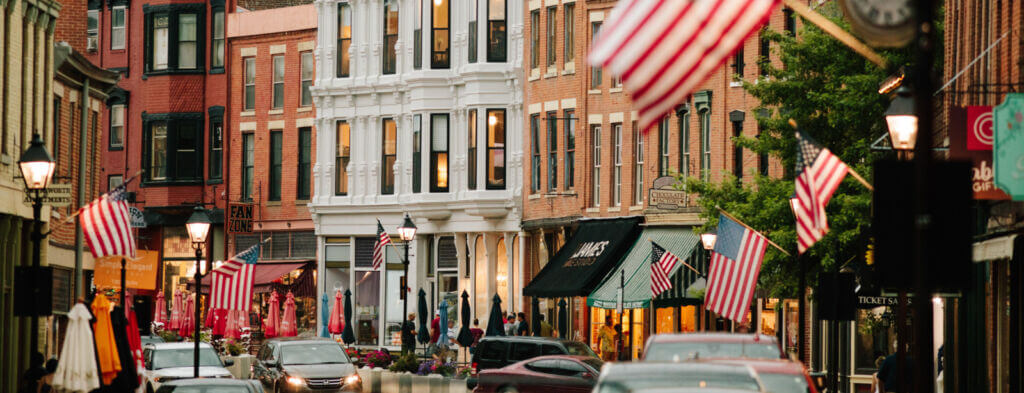
The micro marketing team was finding it (almost) impossible to create engaging short-form video content whilst juggling everything else involved in its campaigns: running multiple social media platforms, managing content creators, and staying on top of day-to-day DMO work.
So, the DMO looked for ways to change the way it worked with creators so its marketing team could spend less time on logistics, and more time stitching together impactful campaigns. They decided to work with CrowdRiff Creators to help source a diverse range of creators, target niche demographics, and improve the way it onboards and pays influencers.
Here’s just one campaign that has since racked up thousands of views:
Freelance DMO Content Marketer, Emily Tepper, says the fact that video content is submitted in multiple formats gives the marketing team creative freedom to shape the final product how it wants.
“The B roll or raw video content or footage is a lifesaver, I like to chop things up and make them shorter because I feel like shorter videos are a little bit more digestible for the consumers.”
“Previously, when I would receive videos from content creators [outside of CrowdRiff Creators] I would get the full video already put together, but then I couldn’t do anything with that one video, whereas with the CrowdRiff Creators content, I can use it in so many different ways, whether it’s for social media, our website, or even print promotion.”
✍️Why it worked and what DMOs can learn from it
You don’t need a mega team to launch a successful influencer campaign. Galena Country Tourism worked with a small budget and an even smaller team to build out its entire short-form video strategy. The key is to outsource to trusted creators where possible and get creative about doing more with less.
Example 2. Visit Singapore mixes young and old to engage new audiences
What do you get when you combine a bunch of 20-something Australian TikTokers with a group of Singapore grandmas? 🤔
The answer is one of Visit Singapore’s most successful social media marketing campaigns to date. When the city hosted the Grand Prix in 2022, it decided to think outside the box with how it marketed the event. The DMO teamed up with Australian vloggers Swag on the Beat for its “Gran [sic] Prix Singapore Style” campaign to show off a different side of the city; away from the big tourist attractions and into the real side of Singapore.
The twist in the campaign was who helped tell the story. For authenticity, Swag on the Beat used local grandmas to show them their favorite places:
@visit_singapore Table manners part 1 🍽️ #VisitSingapore #GranPrixSG ♬ original sound – Visit Singapore
The campaign was a huge success. It ran concurrently with another TikTok campaign, the #stitchchallenge, which offered Australians the chance to win a trip to the city to attend the Grand Prix.
By the time both campaigns wrapped up, the videos had 10 million views and Visit Singapore’s TikTok account grew by 39,000 followers 📈
✍️Why it worked and what DMOs can learn from it
The most engaging influencer content isn’t usually a beautiful creator standing in front of a famous landmark. It’s content like this from Swag on the Beat that taps into real local experiences with a difference. In this case… sourcing some tips from the grandmothers who know Singapore better than anyone else 👌
Example 3. LuckyTrip lands more sales with TikTok
LuckyTrip is a UK-based app used by travelers to book flights, accommodation, and complete trip packages.
When it launched a recent TikTok influencer campaign, it had one aim: to increase traffic and drive app installs. The campaign’s main target was its UK-based Gen Z and millennial audience who wanted to find and book more trips on their social media platforms rather than the traditional website route.
The campaign had a two-pronged approach:
✈️Generalist influencers were used to create informational travel content to excite TikTok users and draw them to LuckyTrip’s feed
🤳LuckyTrip worked with selected travel niche-specific influencers to create footage of actual trips to show off how the app worked and its ease of use
@luckytrip Travelling abroad on a budget? LuckyTrip lets you find a trip in one tap. Set your budget and let the button decide. Where will luck take you? Shout out to @ikeeyah…
♬ original sound – LuckyTrip
In just three weeks, LuckyTrip became the most downloaded travel app in the UK Apple App store and it was shortlisted for the official TikTok “Greatest of All Time” (G.O.A.Ts) performance award thanks to its high engagement rates.
“TikTok allowed us to test our creatives against the algorithm and invest our budget on the content that performed best. This meant we maximised [sic] our ROAS and achieved a phenomenal amount of app downloads in a really short space of time.
Kirk Flitton, LuckyTrip Co-founder & Chief Commercial Officer
✍️Why it worked and what DMOs can learn from it
With 85K+ app downloads, 4M+ impressions and a 1600% increase in followers, LuckyTrip’s campaign shows more millennials and Gen Z’ers want to buy tickets through socials—not just websites. This campaign is a great example of showing up where the target audience lives, engaging them with authentic content, and driving conversions using different CTAs 🔥
Travel Marketing ROI
Travel influencers have led the charge on what was hot in the world of travel, putting luxury travel, adventure travel, business travel, local travel, sustainable eco-travel, and educational travel on the map.
We believe 2024 is the year DMOs will develop a standard operating procedure for working with creators and influencers.
While 30% of the respondents we surveyed in our Trends Report work with teams of five or more people, almost 20% of DMOs are running on teams of two. This means more DMOs are learning to do less with more, including outsourcing labor-intensive work like creating video assets and social media content.
That’s why we created CrowdRiff Creators.
It takes care of the prickly parts of working with influencers and content creation—like talent discovery, pricing and negotiation, creative brief management, and payment—so busy DMOs can focus on executing their strategy 👇

The ROI speaks for itself:
📈 More eyes on your videos. CrowdRiff customers using Creator-made short-form videos have reported 65% more views on their social channels
💰 More bang for your buck. Creator-made videos allow Crowdriff customers to have 7x lower production costs compared to agencies
With numbers like this, the ROI for influencer content + CrowdRiff Creators is a no-brainer.


